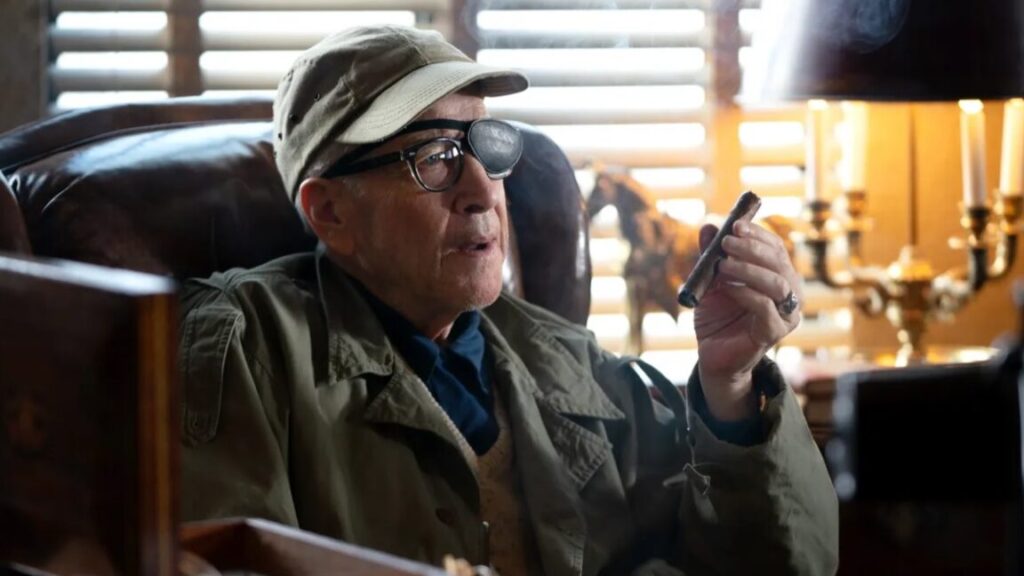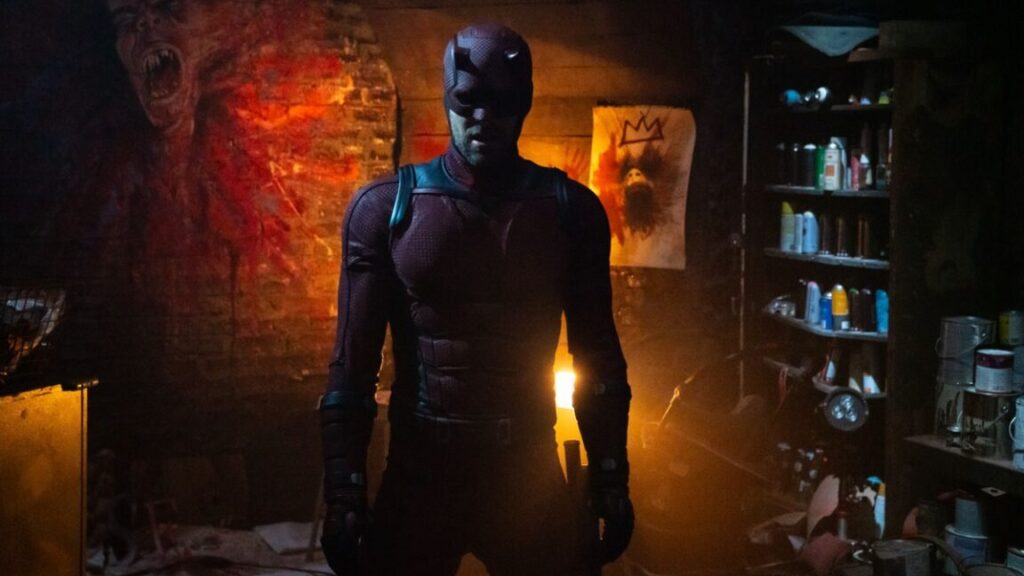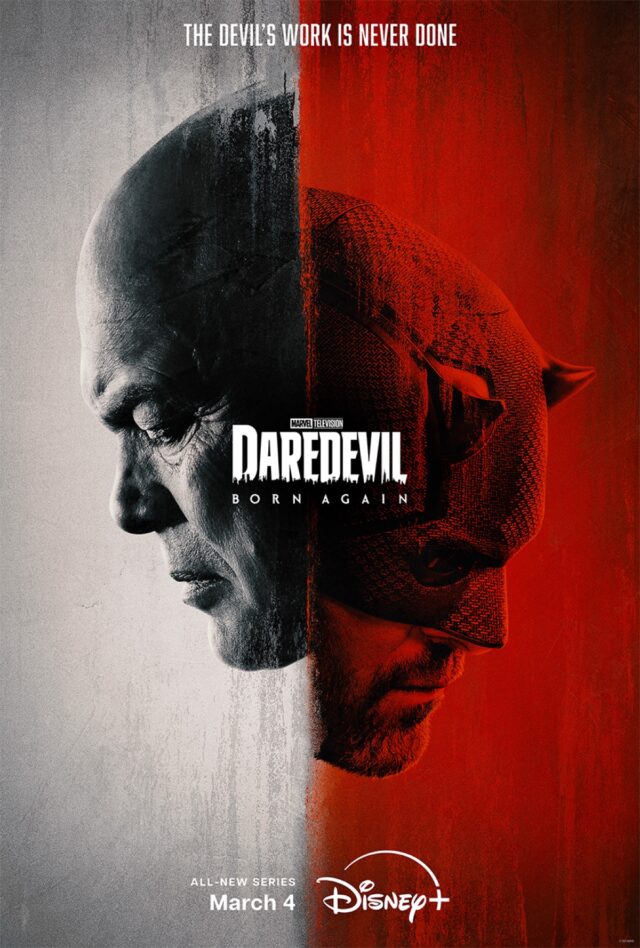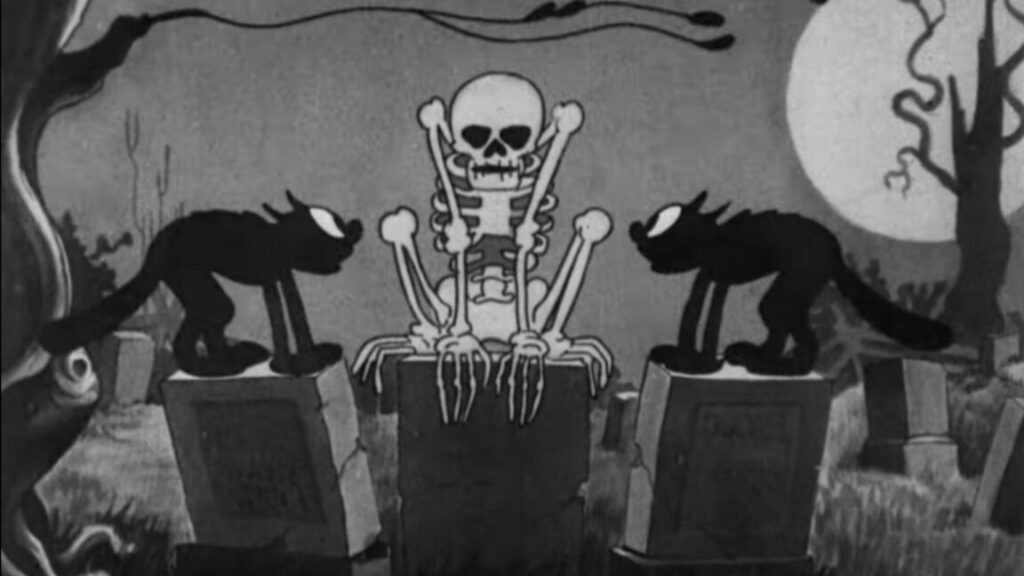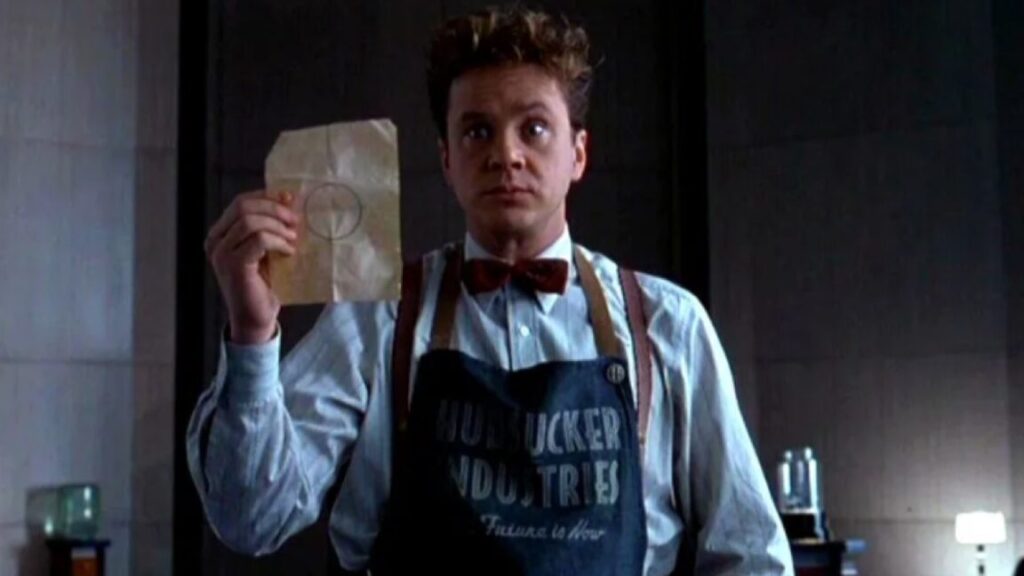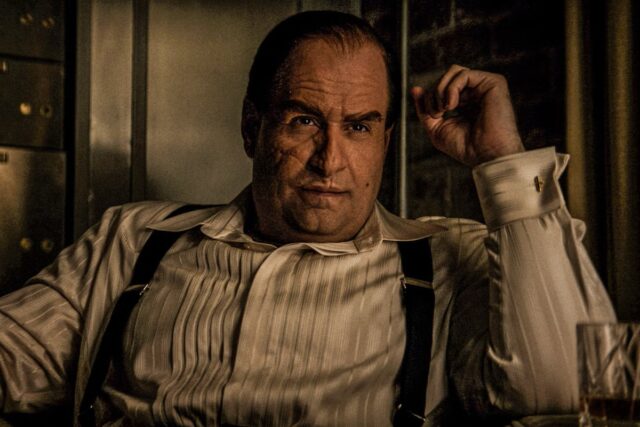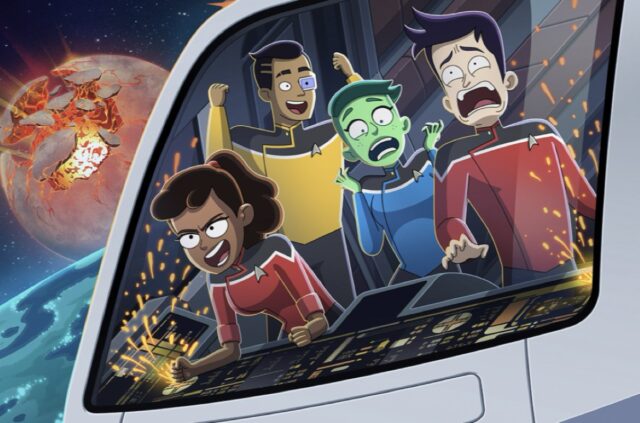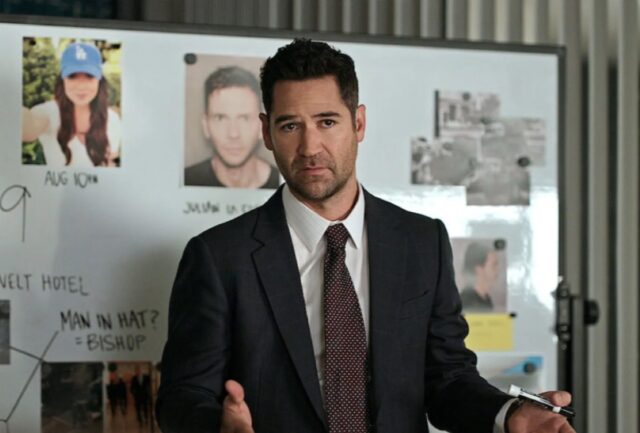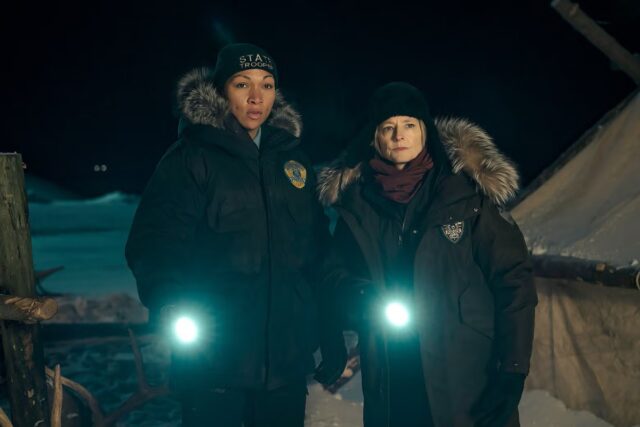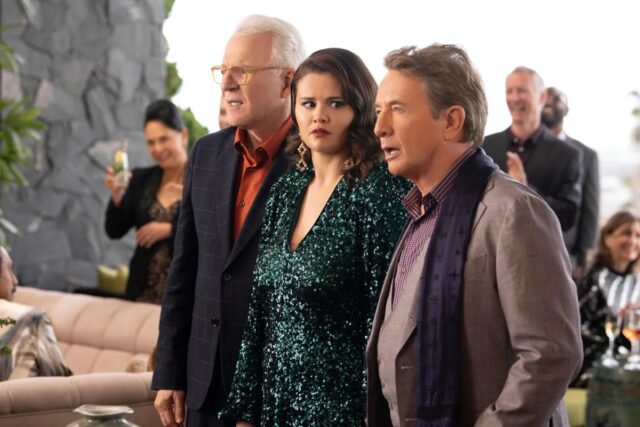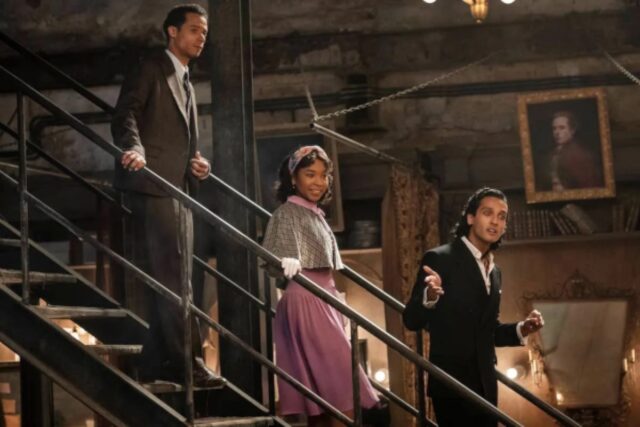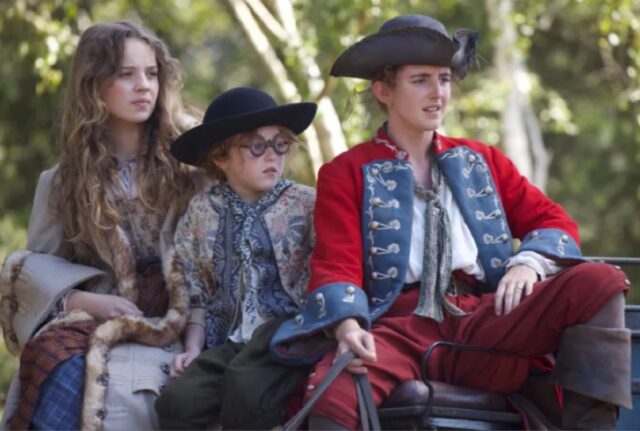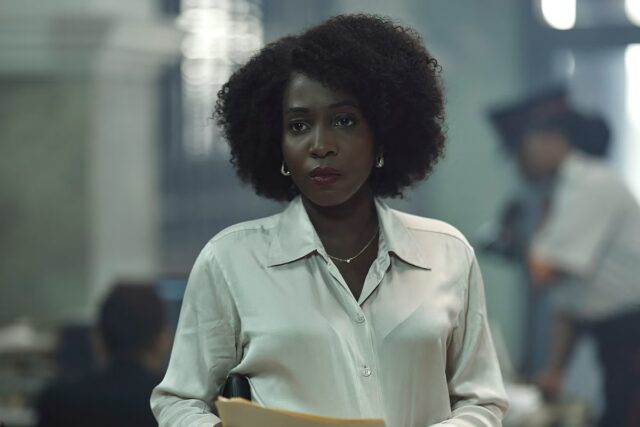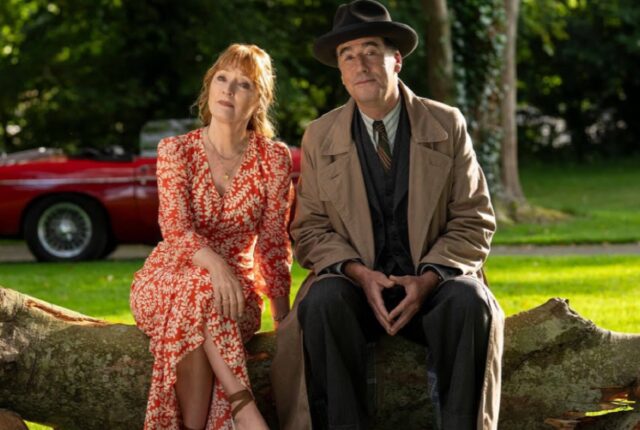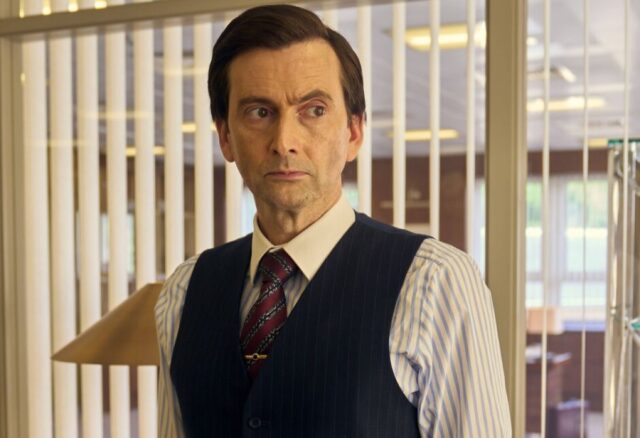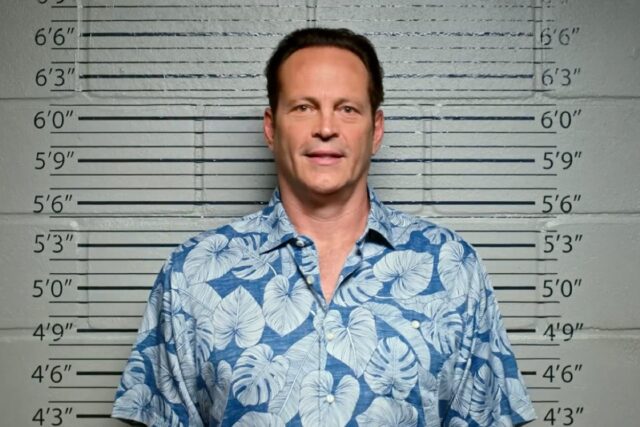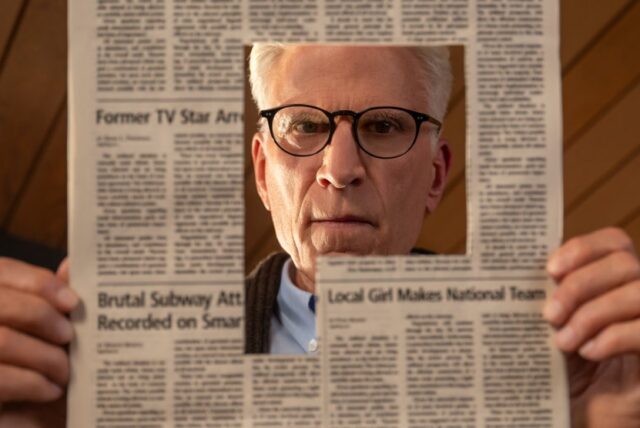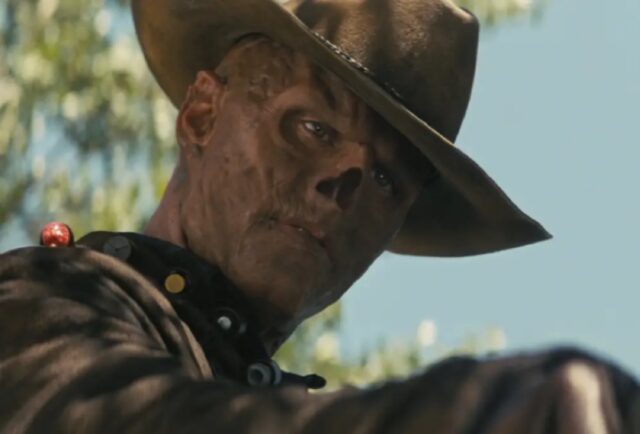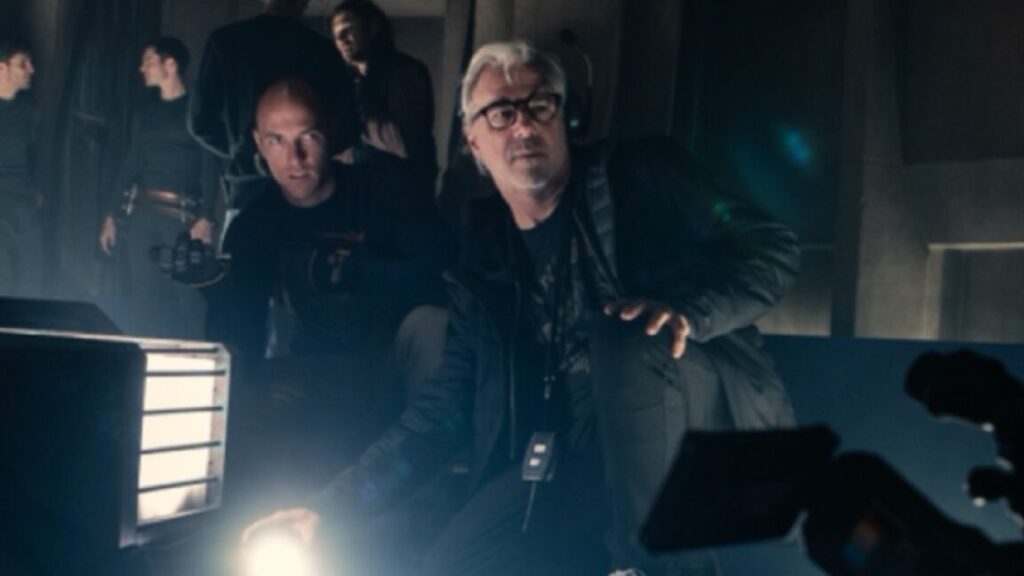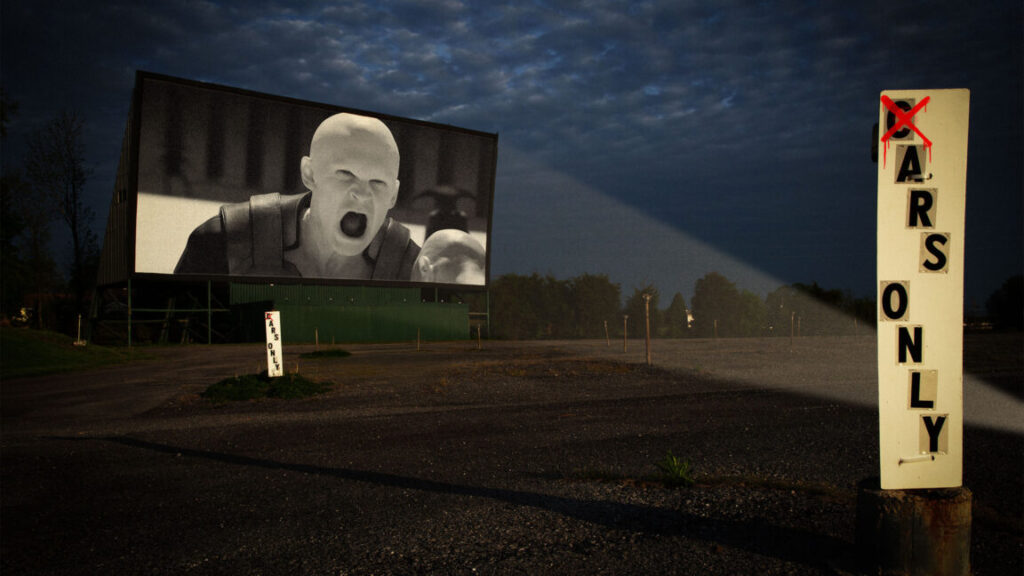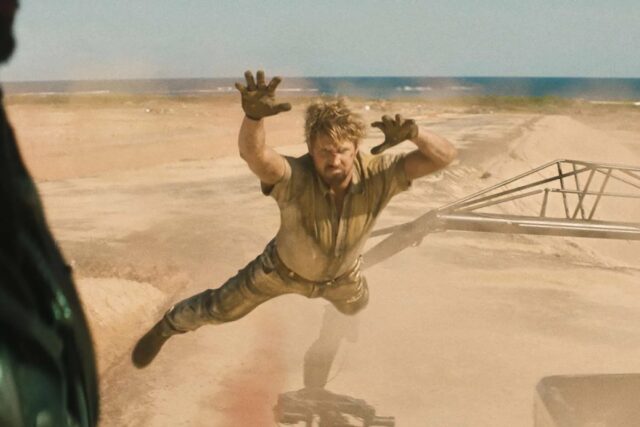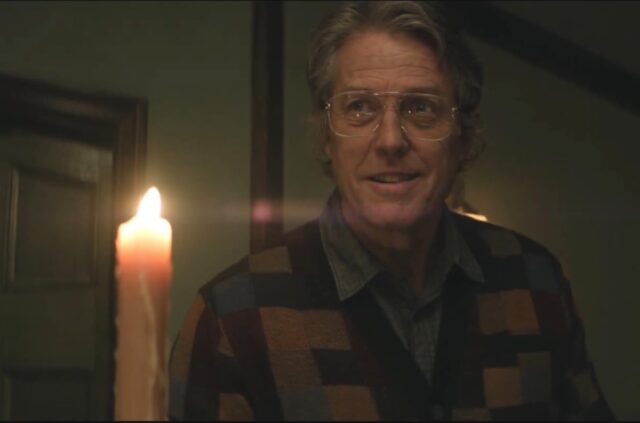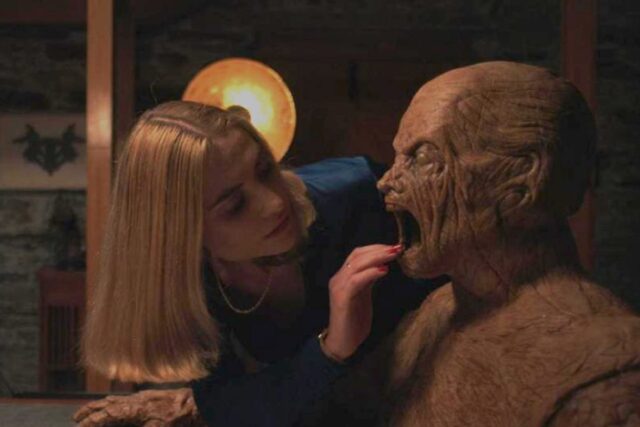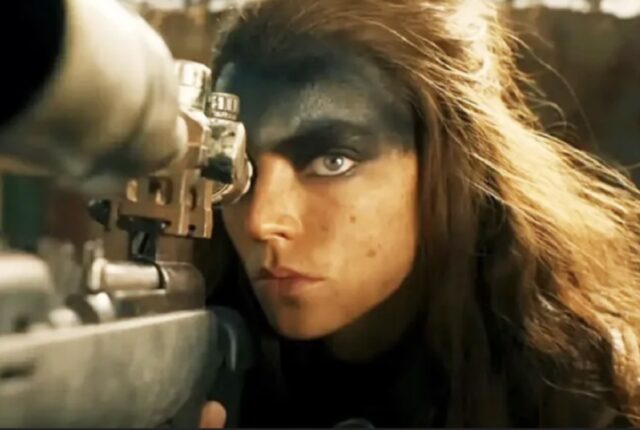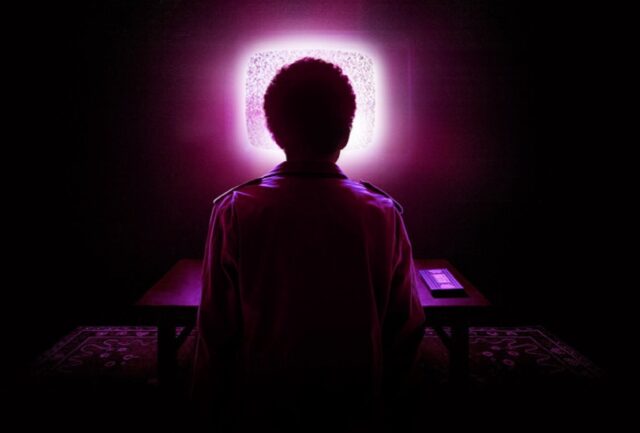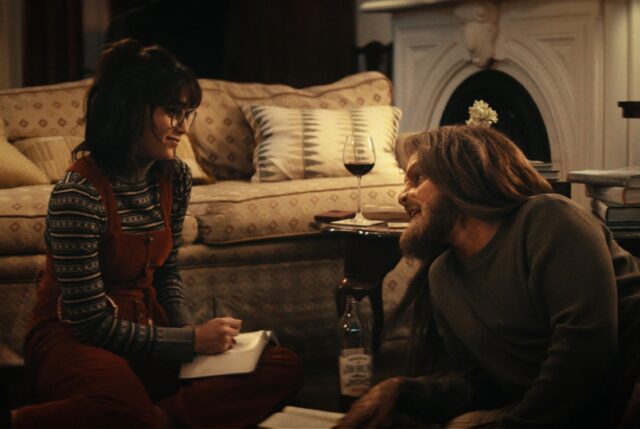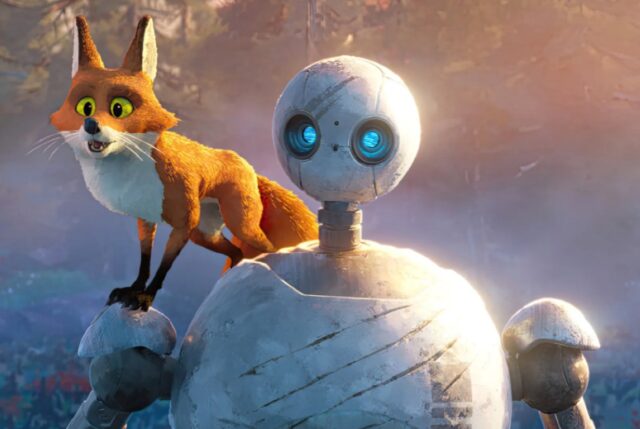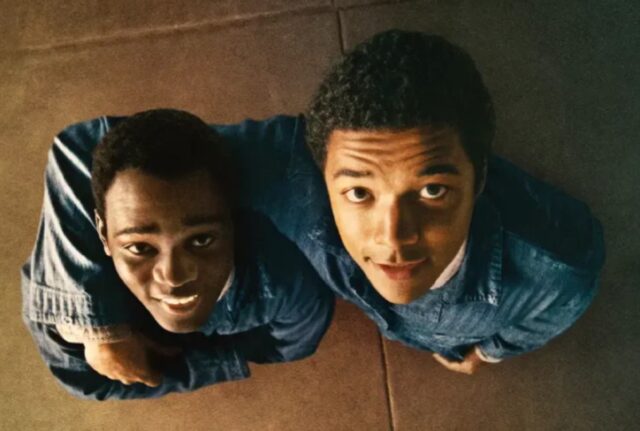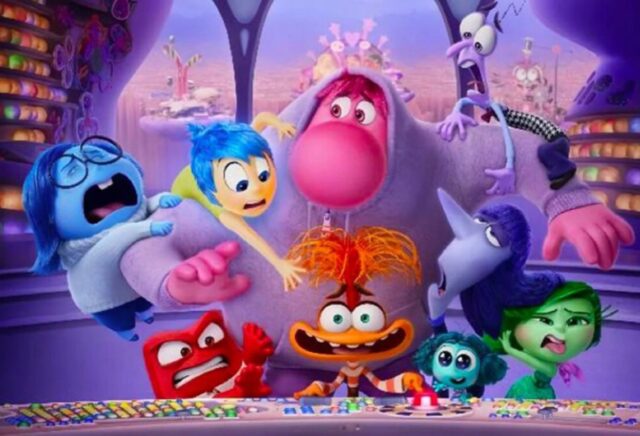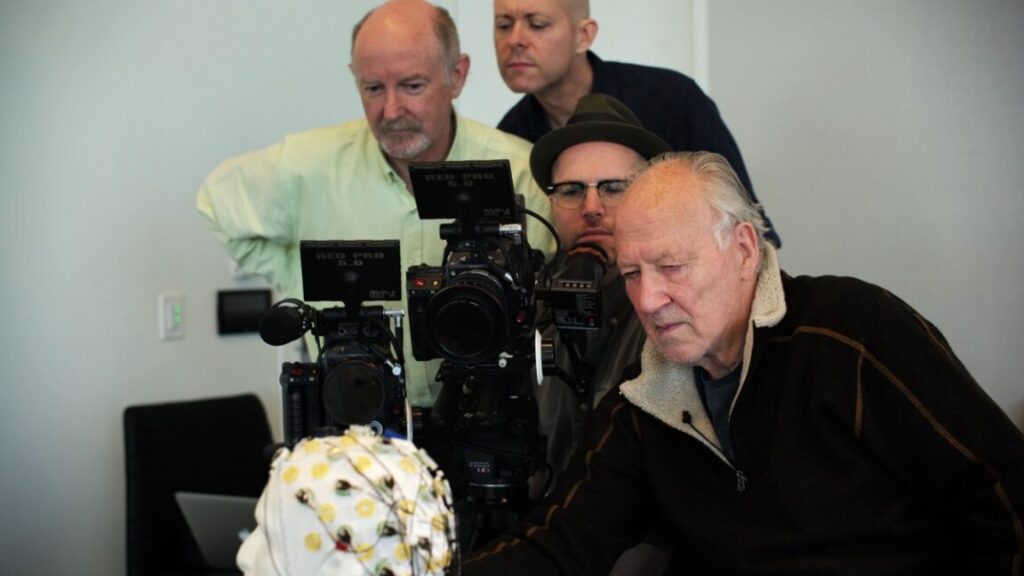Hollywood mourns the loss of David Lynch
The success of Lynch’s next film, Blue Velvet, helped assuage his disappointment, as did his move to television with the bizarrely surreal and influential series Twin Peaks—part detective story, part soap opera, with dashes of sci-fi and horror. The series spawned a spin-off prequel movie, Twin Peaks: Fire Walk With Me (1992), and a 2017 revival series, Twin Peaks: The Return, that picks up the storyline 25 years later. Many other TV series were influenced by Lynch’s show, including The X-Files, Lost, The Sopranos, Bates Motel, Fargo, Riverdale, Atlanta, and the animated series Gravity Falls.
His final feature films were an LA-centric trilogy—Lost Highway (1997), Mulholland Drive, and Inland Empire (2006)—and 1999’s biographical road drama, The Straight Story, based on the true story of a man named Alvin Straight who drove across Iowa and Wisconsin on a lawn mower. It was acquired by Walt Disney Pictures and was Lynch’s only G-rated film.
“A singular visionary dreamer”
The director’s filmography also includes an assortment of short films, all bearing his eccentric stamp, including a surrealist short, Absurda, shown at Cannes in 2007, as well as Premonition Following an Evil Deed (NSFW YouTube link), Lynch’s contribution to the 1995 anthology film Lumière and Company. All 41 featured directors used the original Cinématographe camera invented by the Lumière brothers. Lynch was also an avid painter, cartoonist, and musician and directed several music videos for such artists as Moby and Nine Inch Nails. Until his death, he hosted quirky online “weather reports” and a web series, What Is David Lynch Working on Today? He even racked up the occasional acting credit.
Lynch received an Honorary Oscar in 2000 for lifetime achievement at the Governors Awards after three prior nominations for The Elephant Man, Blue Velvet, and Mulholland Drive. Deadline’s Pete Hammond called Lynch’s speech “probably one of the shortest for any Oscar acceptance.” Lynch briefly thanked the Academy, the other honorees, wished everyone a great night, then pointed to the statuette and said, “You have a very interesting figure. Good night.” At Cannes, he won the Palme d’Or in 1990 for Wild at Heart and won Best Director in 2001 for Mulholland Drive.
Naomi Watts, who played a dual role as doppelgängers Betty Elms and Diane Selwyn in Mulholland Drive, said that Lynch put her “on the map” as an actor by casting her. “It wasn’t just his art that impacted me—his wisdom, humor, and love gave me a special sense of belief in myself I’d never accessed before,” she said in a statement. “Every moment together felt charged with a presence I’ve rarely seen or known. Probably because, yes, he seemed to live in an altered world, one that I feel beyond lucky to have been a small part of. And David invited all to glimpse into that world through his exquisite storytelling, which elevated cinema and inspired generations of filmmakers across the globe.”
Hollywood mourns the loss of David Lynch Read More »
